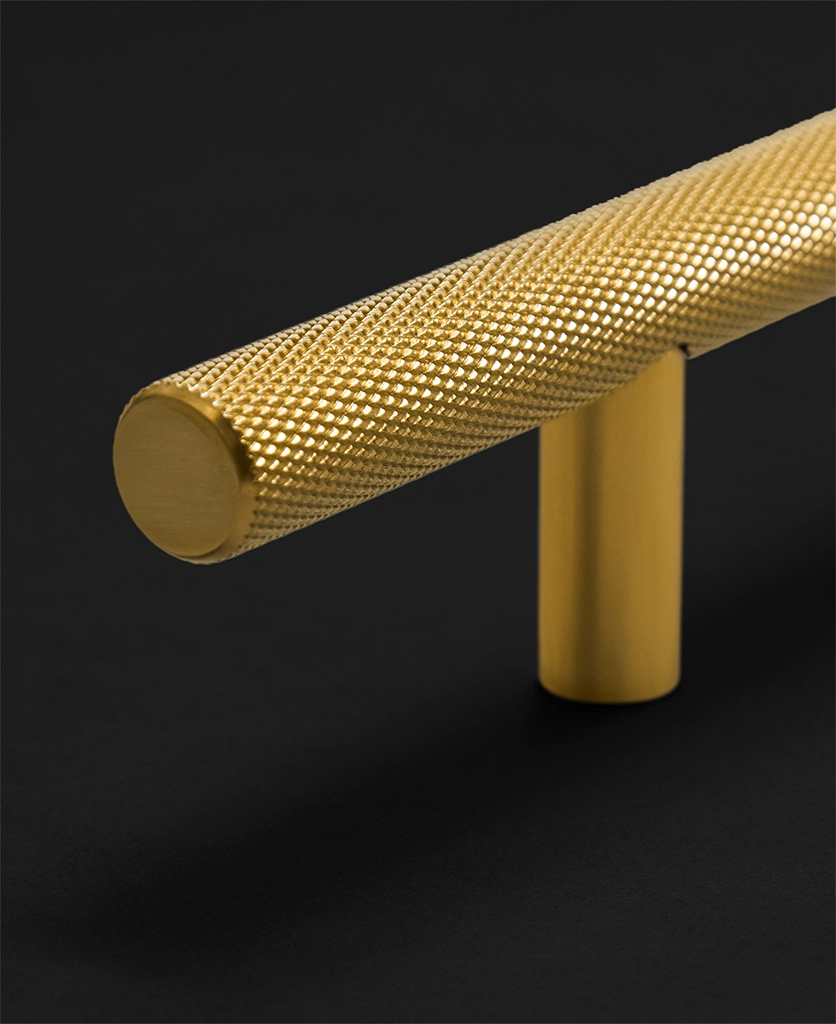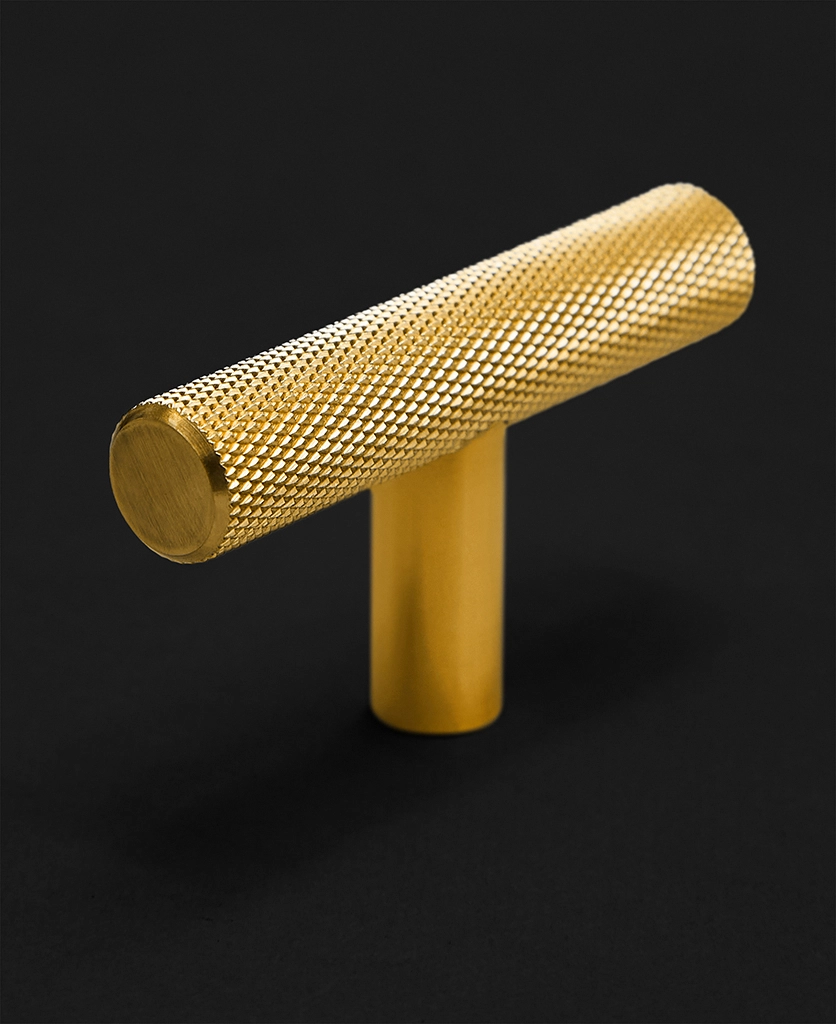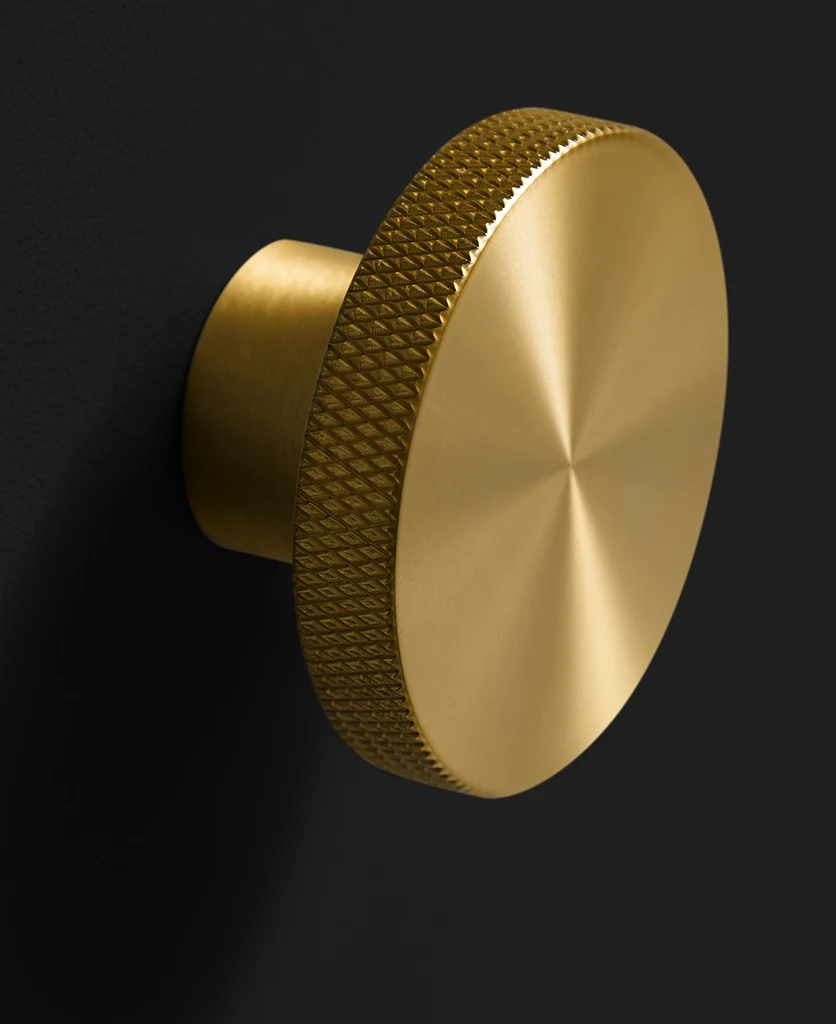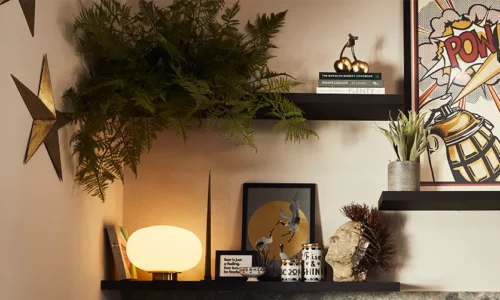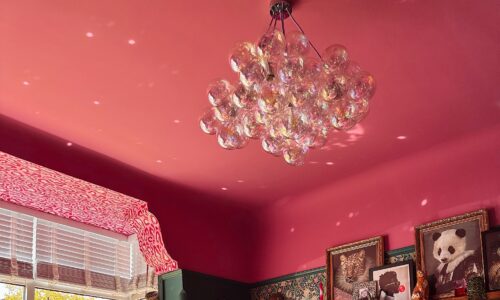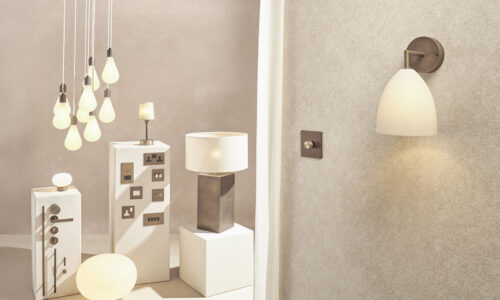Where To Put Knobs And Handles On Kitchen Cabinets
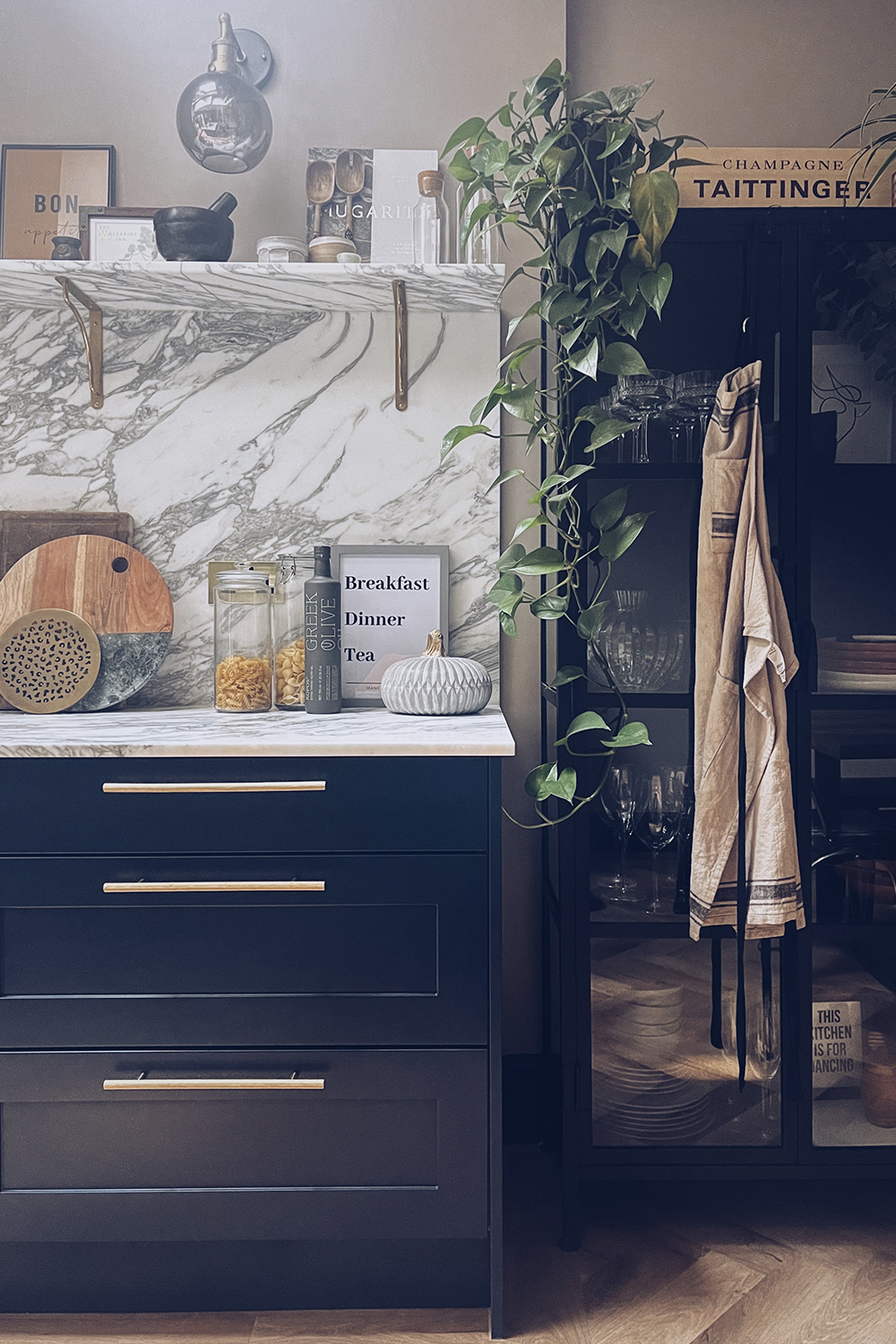
Reaching for the kitchen cupboard, you pause, hand hovering as you notice the absence of those all-important finishing touches: the knobs and handles. You’ve been meaning to add them for a while, but figuring out exactly where to place them isn’t as simple as it seems.
The right spot for your kitchen cabinet handles will improve both the aesthetics and functionality of your kitchen, tying the space together while making your cabinets and drawers easier to use.
Discover where to put knobs and handles on kitchen cabinets and drawers for a more polished and practical space.
Where to put handles on kitchen cabinets
Getting the placement of your cabinet handles right is essential for a functional and aesthetically pleasing kitchen. You’ll need to consider not only what looks good, but also what’s going to make it easiest for you to open and close your cabinets comfortably.
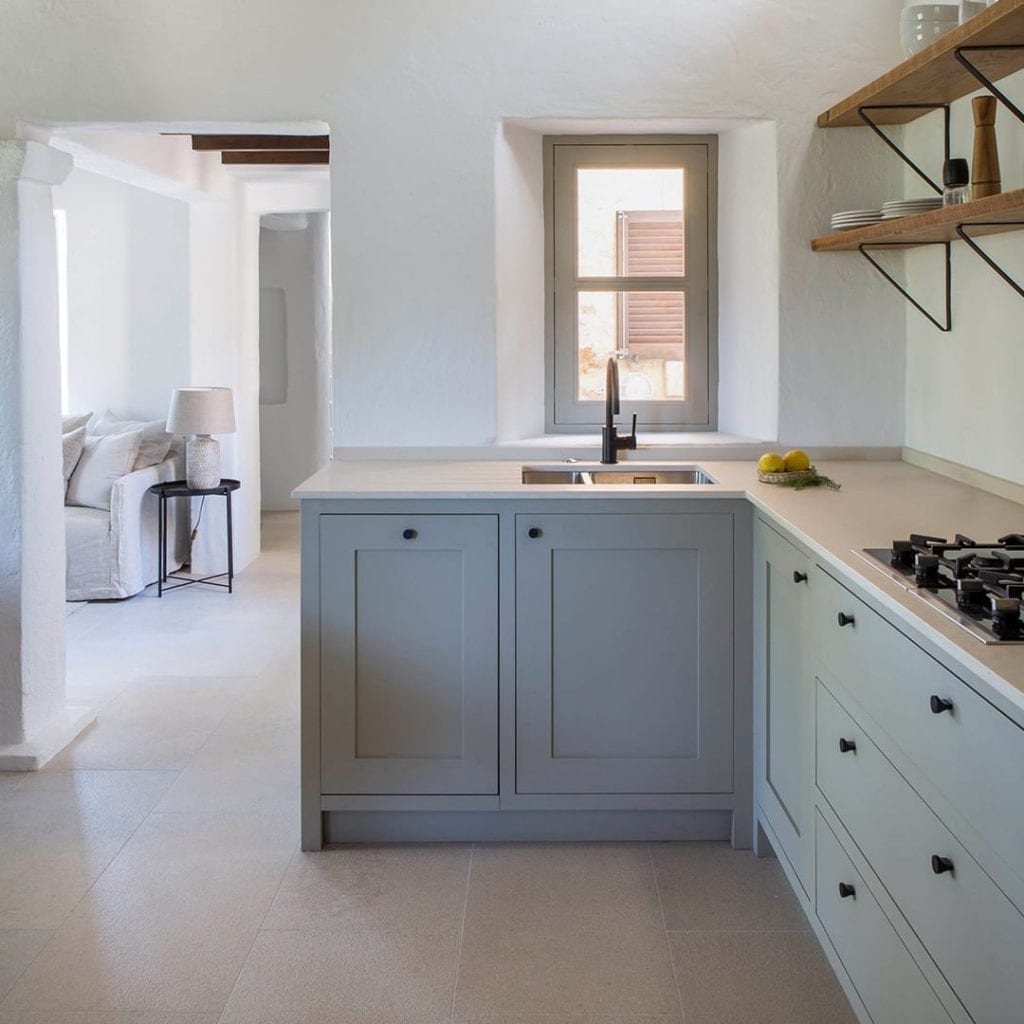
Image courtesy of @barrkitchens
As a general rule:
- Knobs or handles for upper and wall cabinets should be placed towards the bottom corner of the doors.
- Knobs or handles for base and lower cabinets should be placed towards the top corner of the doors.
This ensures you don’t have to reach too high to open your upper cabinets or bend down too low to open your lower cabinets. Always place knobs and handles on the opposite side of the door to where the hinges are for the best leverage, and make sure handles are positioned vertically.
“Handle placement can completely change the look and feel of your kitchen. For a classic look, fit handles horizontally on drawers and vertically on doors, positioned roughly a third of the way down or up. If you want something more contemporary, fitting handles centrally on drawers or opting for minimal, edge-mounted designs gives a much cleaner, more modern finish.”
Ally Dowsing-Reynolds, Interiors Expert and Co-Founder
For both upper and lower cabinets, you should install the handles or knobs about 2.5 to 5cm from the door edge, depending on what looks best to you. For lower cabinets, you’ll also want to make sure you’ve left enough space above the handles or knobs so they don’t catch on the worktop when you open the doors.
Remember that these are just guidelines, and the placement of your cabinet handles may vary depending on the style of your kitchen and your personal preferences.
Where to put handles on kitchen drawers
When it comes to your kitchen drawers, the position of your handles should be determined by the size of the drawer.
As a general rule:
- For smaller drawers (less than 24” wide), place one pull handle at the very centre of the drawer.
- For wider drawers (24” wide or more), double up on pull handles or use one longer handle for even weight distribution and to make the drawers easier to open.
The same applies to knobs – one single knob in the middle of the drawer will usually suffice for a smaller drawer, but you may need two drawer knobs placed evenly at either side if it’s on the wider side. On drawers, pull handles should always be positioned horizontally.
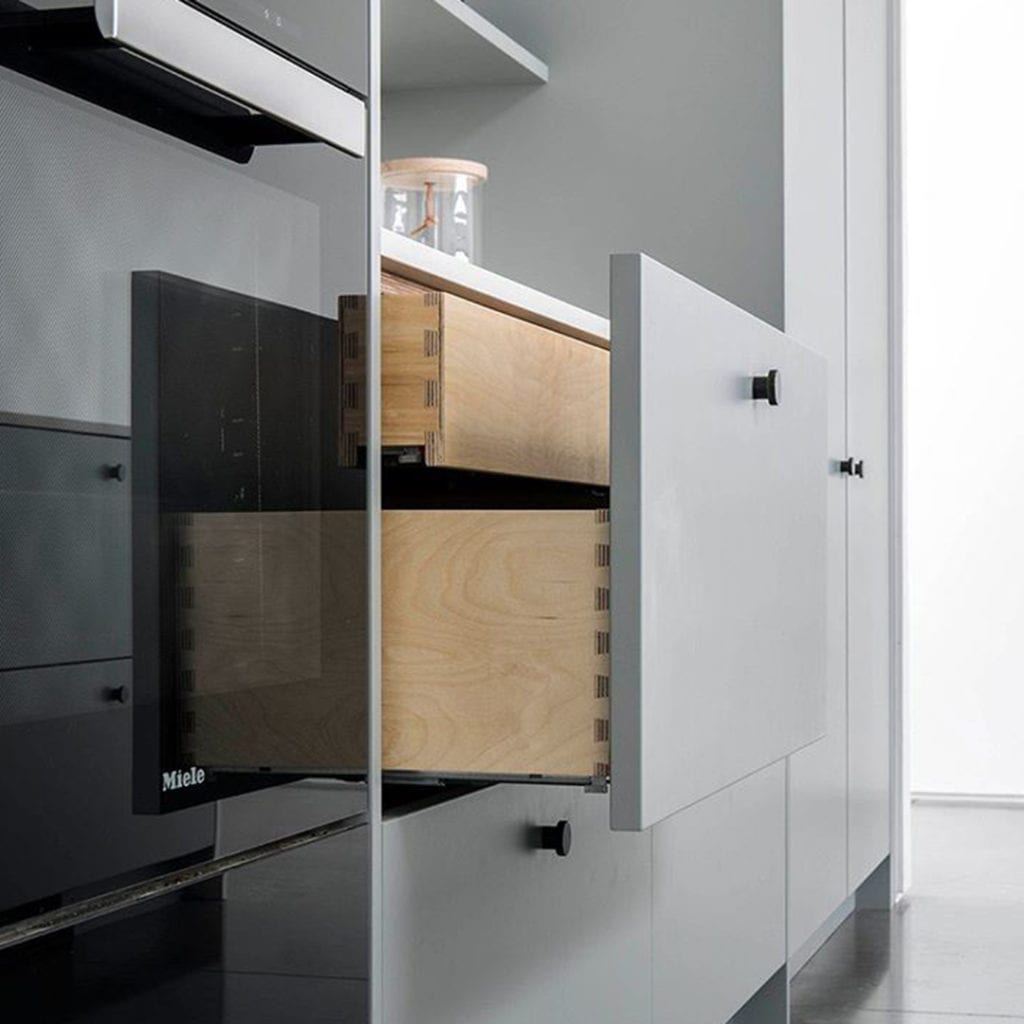
Image courtesy of @barrkitchens
How to attach knobs and handles to your kitchen cabinets and drawers
To attach your knobs or handles, you’ll need:
- A measuring tape or ruler
- A template or jig
- A pencil or marker
- Masking tape
- A drill
- A screwdriver
- Choose your placement: Using the guidelines above, determine where you want to place your knobs or handles.
- Mark the spot: Use a measuring tape or template to find the right spot, then mark with a pencil where the screw(s) will go.
- Drill your holes: Select a drill bit that matches the screw size, then slowly and carefully drill through the marked spots. You might want to use some masking tape to temporarily attach the handles or knobs first to check their placement is correct. Pre-drill pilot holes to prevent the door from cracking.
- Attach the handles/knobs: Align the screw(s) with the hole(s) you’ve drilled. From the inside of the cabinet or drawer, insert the screw and tighten it into the knob or handle using a screwdriver.
Mistakes to avoid
Take care when installing your knobs and handles to avoid these common mistakes:
- Placing knobs and handles too close to the edge of the cabinet door could cause wear and tear over time and make it awkward to use.
- Drilling screws directly into cabinets or drawers without pre-drilling pilot holes can cause the door to crack and the handles to be misaligned.
- Inconsistent placement across cabinets and drawers will result in a mismatched and uneven appearance.
- Handles that aren’t centred on drawers can look unbalanced and prevent you from opening the drawer with ease.
- Rushing and skipping measurements is likely to lead to uneven results – always take your time and double check the position of your knobs and handles before drilling.
What style of kitchen cabinet handle should you choose?
While the general guidance above is useful for helping you decide where to put knobs and handles on kitchen cabinets, the style of handles you choose will also make a big difference to the appearance and functionality of the space.
Some of the factors you’ll need to consider include:
Size
Generally speaking, you should choose larger knobs and handles for larger cabinets and drawers and smaller knobs and handles for smaller cabinets and drawers. This is about aesthetics just as much as it is functionality – a small knob would look out of place on a large cabinet door, while large pulls on smaller cabinets may dwarf them.
Knobs or pulls?
Although the question of knobs vs pulls largely comes down to personal preference, you should think about which option is most practical for your kitchen. You might find that pull handles are the best option for your most-used cabinets because they’re easier to grab, while knobs might be more suitable for lesser-used cabinets or those that are high up and more difficult to reach. You don’t have to commit to one or the other – mixing knobs and pulls on kitchen cabinets can be a great way to add style and visual interest to the space.
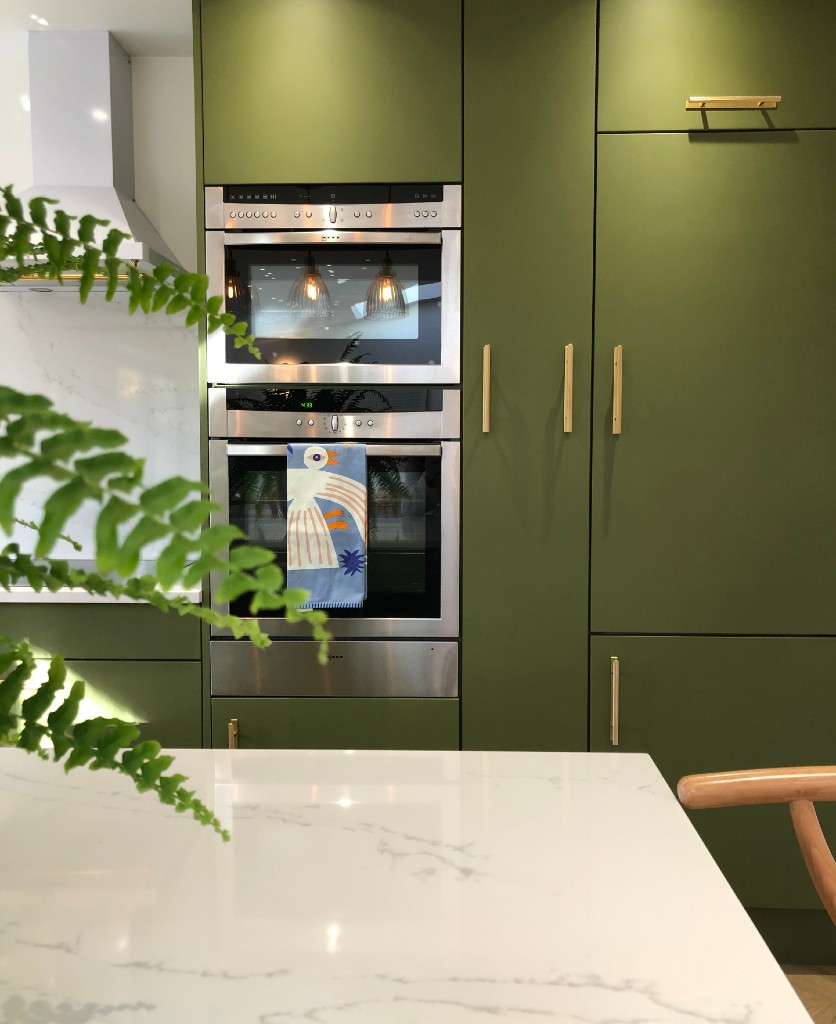
Image courtesy of @togged_to_the_bricks
Finish and texture
The colour and finish you choose for your handles and knobs can make a huge difference to the overall look and feel of your kitchen. Gold handles are great if you want to achieve a more glamorous and luxurious look, while black handles are ideal for a more sleek, contemporary, or dramatic look. For traditional or farmhouse kitchens, brass cabinet handles are perfect for adding vintage charm to the space.
The texture of your knobs and handles should also be a consideration – think about whether you’d prefer to feel smooth or knurled door handles beneath your fingers when you go to open your cabinets.
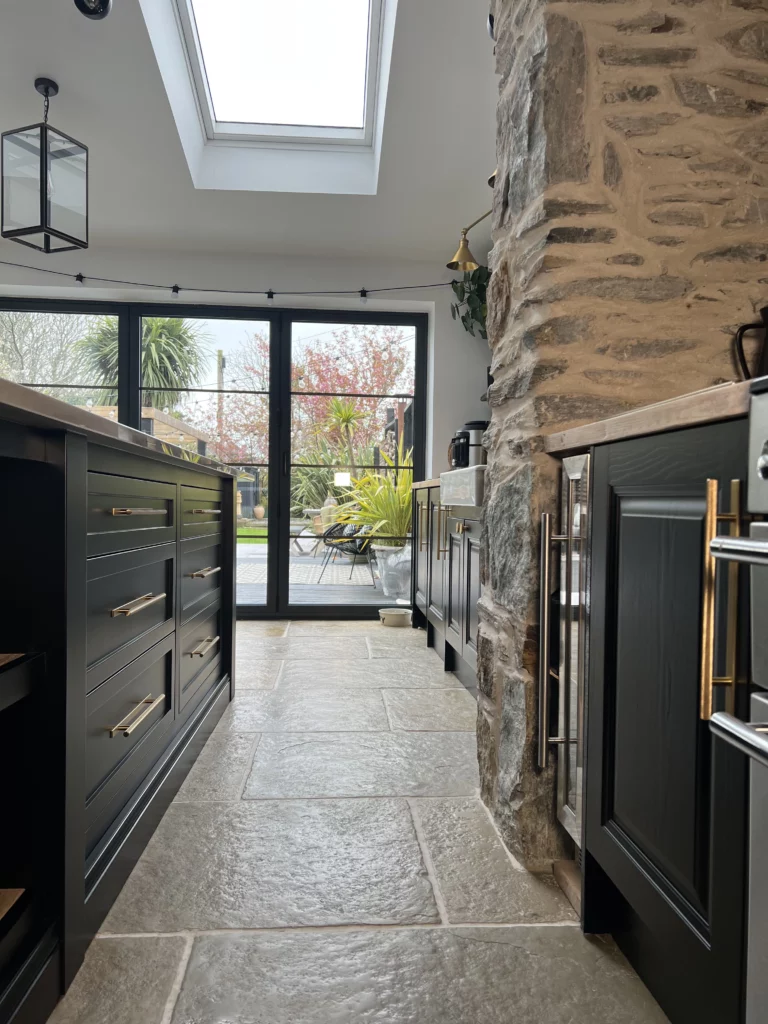
FAQs
How can you ensure cabinet handles are positioned symmetrically?
Ensuring your cabinet handles are symmetrically aligned with one another is crucial to enhance both aesthetics and functionality. To achieve this:
- Always measure and mark the exact place where the handle or knob will be placed before you make your holes. Use a hardware-aligning template or cabinet jig to check that placement is consistent across all your cabinets and drawers.
- Use masking tape to temporarily attach the handles before drilling to test their placement. This way, you can easily adjust if they don’t quite align how you want them to.
- Check that your handles and knobs align horizontally with the handles on neighboring cabinets or drawers for a cohesive look.
Can you mix knobs and pulls on kitchen cabinets?
Yes, knobs and pulls can be mixed throughout your kitchen for a stylish and sophisticated look, but there’s a knack to getting it right and making sure your space still feels cohesive.
One of the best ways to mix knobs and pulls is to use knobs on your upper cabinet doors and pulls on your drawers and lower cabinets. Knobs are easy for swinging doors, while pulls give you a better grip on heavier drawers.
The key to ensuring a mix of knobs and pulls still feels coherent is to opt for matching finishes (e.g. all gold or all matt black) or sticking to a specific design theme (such as modern or vintage).

